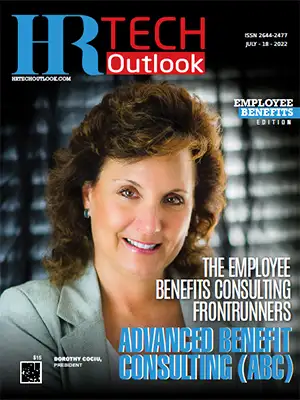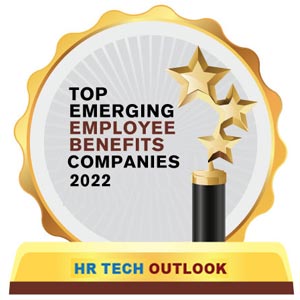The concept of the workplace has undergone a rapid shift due to the Covid-19 pandemic. Employees today prioritize work-life balance more than anything else. The “great resignation” is a testament to it. In a recent survey, 44 percent of the respondents claimed that they are looking for a job. Given this situation, it won’t be an exaggeration to say that the biggest challenge for organizations today revolves around talent retention. But what are the ways to solve it? The most straightforward answer to this question will be the employee benefits program. It is no longer a “perk” or a nice-to-have strategy in an organization’s arsenal, but dynamic benefit programs have become essential for businesses to turn great resignation into great retention. Any form of a wellness program—be it health insurance, life insurance, disability insurance, or retirement plans—demonstrates a company’s care for its employees, boosts employee morale, and makes them more engaged in their work.
However, building great employee benefit programs is a task easier said than done. Businesses need to have a clear understanding of their objectives before finalizing a program for their employees. Simultaneously, educating the workforce on benefits is also crucial. Unused benefits increase the cost burden on employers, and this is the direct outcome of employees’ lack of knowledge regarding the benefits. Also, benefit programs are not often tailored to the individual requirements of employees. All these factors, along with legislative changes, create huge pressure on the HR departments while managing employee compensation and benefits.
Many businesses opt for outsourcing the tasks associated with employee benefits. Unfortunately, in most cases, the outcomes remain far from optimum owing to their failure to select the right partner.
This edition of the magazine aims to provide readers with a comprehensive overview of the employee benefits space and the current changes fueled by the pandemic.
Let us know your thoughts.
















